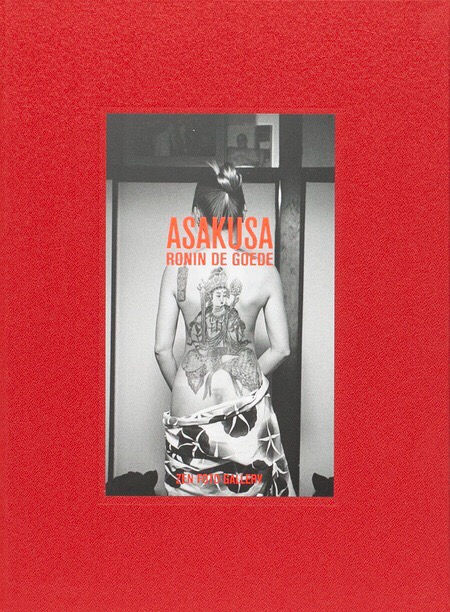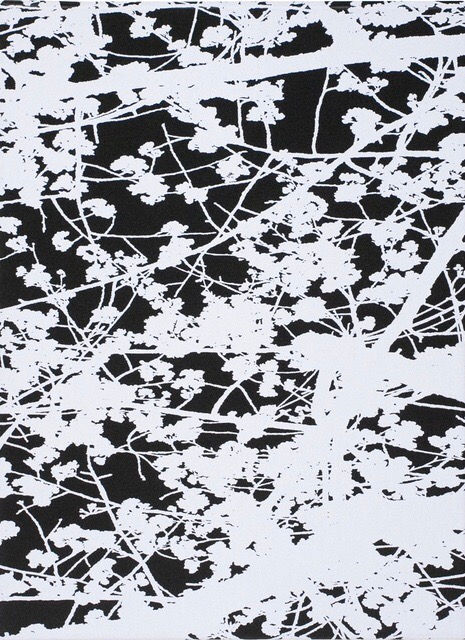Asakusa by Ronin de Goede
- Robin Titchener
- Dec 18, 2020
- 3 min read
Updated: Dec 20, 2020

Ink, karaoke and brotherhood ~ Personal wanderings
Why is it that just the word Yakuza is enough to conjure images of cool?
Effortlessly hard men in sharp suits. Neutral expressions, even toned but quietly unnerving voices, and Inscrutable eyes obscured by the blackest of sunglasses.
An unambiguously romanticised stereotype.
Then there is also the uniform beneath the uniform. Definitely not imagined, and an integral part of the loyalty and pride that is associated with this organisation.
The art of the tattoo is entrenched in Yakuza culture, and the intricate designs that form the kaleidoscope of colour that cover their entire bodies are often the result of many intense communications and conversations between subject and artist. The result being a personal narrative that is completely unique and tailored perfectly to its wearer.

Myth or reality, whatever the truth maybe, the illusion surrounding the Yakuza Is one that is both propagated and kept alive by torrid fictions and countless movies, and with each tale, another brick is placed in the pedestal on which they stand.
Another tale...a little higher.
And - in my world at least - all the while, those inscrutable eyes smile tolerantly from behind those sunglasses at the operatic posturing of the cinematic “would-bes” of the world.
”Beat” Kitano, dressed in Yamamoto.
Game over.
But as with most imagined romances, this is one best allowed to reside in the dark corners of our imaginations, where we are at least in some sort of control.
Worlds like this are not for us. This is a hard world, one of discipline and structure, one where actions have consequences.
No, not for us.
Once a cardboard cowboy, always....

For them a covenant, a life gifted, and the embrace of family.
So what do men like this do to be normal, to relax?
And the reward for such single minded dedication?
Work hard, play hard.
For this there must be an Oz, a Xanadu.
One such place is a small suburb just four kilometres from the centre of Tokyo. Whilst it is largely known for its temples and festivals, Asakusa is also where some of the finest tattoo artists in Japan have also chosen to make their base.
And so it is from festivals and street restaurants to the clubs and tattoo studios, that the photography of Ronin De Goede paints a portrait of a multilayered Tokyo district that leaves us dizzy and breathless.
The life that swirls and vibrates through these images has a transportative effect.
It lifts us from the benign safety of our natural environment and drops us into a frenetic dance of hedonistic delights, a world that beckons and temps.
Where political correctness is just a rumour. Where men are men, and women are subservient companions and commodities.
A world that promises the kind of excess that puffy aspirational dreamers and armchair vigilantes would probably, in all reality, shy away from, given the opportunity to actually participate.
Centre stage is the carnival of life that surrounds the men of the Yakuza, and the culture of their amazing body art.
The access granted De Goede is truly exceptional, as these normally secretive members of the Japanese underworld proudly display the intricate designs that are inked in to their very bodies.
Whether in the studios where the painstaking process of application takes place, or the restaurants and bars where the peacock like displays of semi naked men seem as normal as the required jackets and ties would be in a London Gentleman’s club.
The spirit of brotherhood and family is as heady as spirit being consumed.
It is hard to believe from the uninhibited exhibitions captured here In beautifully toned monochrome, that in Japan the merest hint of a tattoo is still frowned upon, and that many establishments will require them to be covered up before even allowing admission.
Why? Because of the association with the organisation celebrated between these very covers.

That the pride and camaraderie captured here is the work of an outsider, a gaijin is perhaps a desire of the Yakuza to display their hard won epidermal biographies to the world, and to allow us a glimpse into the ribald normality behind the sunglasses.
It is also a testament to his character that De Goede was entrusted with the mission of weaving the narrative, and of instilling both that normality and perhaps a little envy.
And look and envy we will.
From a distance.

Asakusa is published by Zen Foto Gallery in an edition of 1000 copies.





Comments